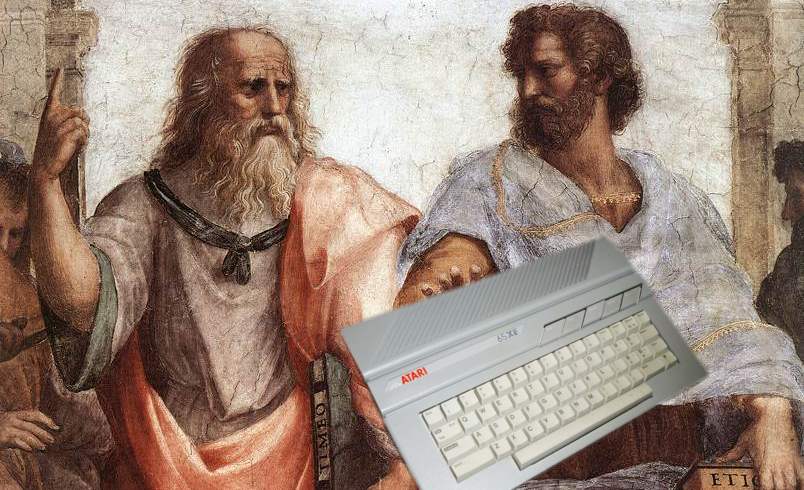Atari 65XE The 8 bit computer of The Eastern Bloc
The 65XE was the last model of a series of eight-bit computers manufactured by Atari. This comuter has become an icon in Eastern Europe.

The Commodore 64 is the most popular personal computer of all time to this day. In the 1980s, however, the world was divided by the Iron Curtain, and things were fundamentally different on the socialist side of Europe. The Commodore 64 was not available in the countries of the Eastern Bloc. Here market was dominated by the Soviet clones Sinclair machines and… Atari 65XE.
In 1984, after leaving Commodore, Jack Tramel bought Atari. Immediately after the take-over, he decided to end production of the XL series, leaving only the 800XL. According to his vision, the future of Atari would be 16-bit computers. The Atari 800XL computer, the most successful in the series, received a new housing design and this is how two “new” computers were created - 65XE and 130XE. The chassis of the XE computers followed the design of the 16-bit Atari ST. In addition, BASIC has been updated, the cartridge port has been split into two ports - CARTRIDGE and EXPANSION. This change limited the backward compatibility of the Atari computer to some extent, although applications from older computers, e.g. loaded with a tape recorder, usually worked.
The heart of the computer is the 6502 processor, with an added HALT input that allows the ANTIC chip to stop the processor. The 6502 was able to address only 64KB of memory, and that was also available in the 65XE model (128KB of memory in the 130XE model worked thanks to the bank switching technique). Said ANTIC is one of two circuits responsible for generating graphics - draw shapes and letters, the other system, GTIA, was responsible for the generation of colours and sprites.
The graphics capabilities of Atari computers are a huge issue. Unlike the Commodore 64, which had four modes, the Atari 65XE had 14 of them and allowed different modes to be combined. Depending on the mode, it was possible to obtain a resolution of up to 320x192 px and up to 56 colours. What has encouraged many young people to program are the graphical instructions available in ATARI BASIC.
The sound generation was handled by the POKEY circuit, which had four channels but able to generate square waves only. POKEY also had the ability to play 4 and 6 bit samples. From time to time, the discussion about the comparison of POKEY and Commodore SID returns, both of these systems have their strengths and weaknesses, but it must be admitted that it was SID that permanently entered the consciousness of computer enthusiasts of the 1980s.
The Atari 65XE is still at the forefront of my favourite 8-bit machines today, largely due to nostalgia. However, I do not miss the slow loading of programs from a tape recorder (although this one, a curiosity here, had a double head that allowed music to be placed on tapes with software). Perhaps, however, this slow tape recorder had some positive influence on my life. Often, while waiting for the game to load, we went out with my friends to play football.
Technical specifications:
| CPU: | 6502C @ 1.7 MHz |
|---|---|
| Input/Output interface: | PIA 6520 (two joystics ports), Parallel Bus Interface |
| Sound: | POKEY (four audio channels) |
| Memory: | 64 KB |
Illustration: Plato and Aristotle discuss the Atari computer - depicted by Raphael, year 1511.

